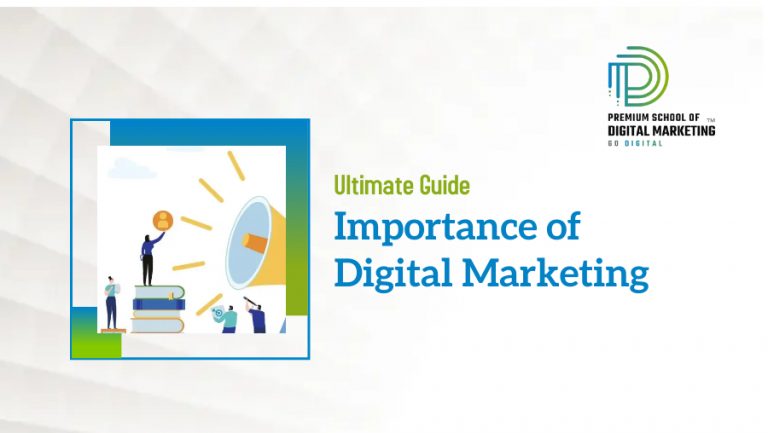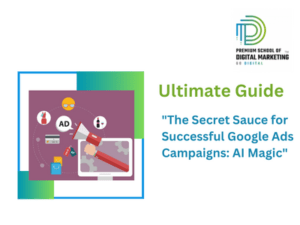Table of Contents
Tips to Keep Your Emails Hitting the Inbox! ( Updated 2024 )

By Rohit Shelwante
Updated on: Oct 10, 2023

Table of Contents
Every recipient server is different and may apply different spam filtering criteria for the messages being received. Spam filters are constantly changing to adapt to new techniques and types of spam messages, so what lands in the inbox today could be spam filtered tomorrow. There are some things you can do to help ensure your emails are being delivered to the inbox.
Get on the White Lists
Hotmail and Yahoo! both keep lists of approved senders. Once you’re on that list that means you’ll almost always go into the inbox.
Drips the Messages
Spam filters at most email providers look to see how many messages you’re sending at a time. If you’re sending to a large list, even if you have a fast and efficient email sending server, have the server “drip” the messages out slowly.
Break Large Lists Down
There are many reasons to break large email lists down into smaller ones, but the best reason is that doing so will mean that the spam complaints that you receive when you send your email won’t be in one huge mass. It is inevitable that even loyal subscribers sometimes mark you as spam. If you send your large list in smaller segments, the email provider (Hotmail, MSN, etc.) will see less spam complaints together at one time.
Clean Your Email List
Your domain is penalize with a higher spam score if you are sending emails to bad email accounts. A bad email account is an address that doesn’t exist, has been disabled or has a full inbox. These addresses should be cleaned (or “pruned”) from your email list regularly to avoid this.
Provide a Clear Unsub Link
Nobody likes it when somebody unsubscribes from their email list. However, providing a clear way to unsubscribe (and then honoring that unsub quickly) means that users are less likely to get frustrated and just mark you as spam. Don’t use your email address for the “from” email address.
If you send an email that is “from” your email (let’s say test@activecampaign.com) and you send it to a contact with the email (test@activecampaign.com) it will most certainly be marked as spam as the “from” and the “to” is the same.
Test Your Email
Send the test email using the exact same server and information that you’ll use with your main list. If the test ends up with most of your emails going to junk folder, then it means you’ll end up in the junk box on your main send also. The pre-send test means that you can try different subject lines and email content to try to figure out what sent you to spam.
Don’t Use “The Big Image”
Embedding images in email is not totally a bad idea, but sending an email that’s all one big image file definitely is, for many reasons. Big image files often carry hidden messages that would normally get caught in spam filters (words like “free” and “Viagra”), so, when a spam filter can’t read any real text in an email and only sees an image, it assumes the worst.
Don’t Sound Like a Spammer!
This one should be obvious! The more “spam-like” text and phrases your email uses, the less likely it is to end up in the inbox.
Don’t use the word “free” too many times.
Don’t use ALL CAPS.
Don’t use lots of colored fonts.
Only use one exclamation point at a time!
Stay away from words you’d see in spam: Viagra, drugs, porn, guaranteed winner.
Even if you do all of these things and do them perfectly, your emails may still end up in the junk folder. Email spam filter criteria change almost daily and can be impacted by things that you have no control over. However, if you, as a habit, send good email that your clients want, you’ll get into the inbox more often than not.
We strongly suggest you to follow the above guidelines because, once an email provider thinks that your email is spam, it is very hard to get back into the inbox!
Credit: comm100
Every recipient server is different and may apply different spam filtering criteria for the messages being received. Spam filters are constantly changing to adapt to new techniques and types of spam messages, so what lands in the inbox today could be spam filtered tomorrow. There are some things you can do to help ensure your emails are being delivered to the inbox.
Get on the White Lists
Hotmail and Yahoo! both keep lists of approved senders. Once you’re on that list that means you’ll almost always go into the inbox.
Drips the Messages
Spam filters at most email providers look to see how many messages you’re sending at a time. If you’re sending to a large list, even if you have a fast and efficient email sending server, have the server “drip” the messages out slowly.
Break Large Lists Down
There are many reasons to break large email lists down into smaller ones, but the best reason is that doing so will mean that the spam complaints that you receive when you send your email won’t be in one huge mass. It is inevitable that even loyal subscribers sometimes mark you as spam. If you send your large list in smaller segments, the email provider (Hotmail, MSN, etc.) will see less spam complaints together at one time.
Clean Your Email List
Your domain is penalize with a higher spam score if you are sending emails to bad email accounts. A bad email account is an address that doesn’t exist, has been disabled or has a full inbox. These addresses should be cleaned (or “pruned”) from your email list regularly to avoid this.
Provide a Clear Unsub Link
Nobody likes it when somebody unsubscribes from their email list. However, providing a clear way to unsubscribe (and then honoring that unsub quickly) means that users are less likely to get frustrated and just mark you as spam. Don’t use your email address for the “from” email address.
If you send an email that is “from” your email (let’s say test@activecampaign.com) and you send it to a contact with the email (test@activecampaign.com) it will most certainly be marked as spam as the “from” and the “to” is the same.
Test Your Email
Send the test email using the exact same server and information that you’ll use with your main list. If the test ends up with most of your emails going to junk folder, then it means you’ll end up in the junk box on your main send also. The pre-send test means that you can try different subject lines and email content to try to figure out what sent you to spam.
Don’t Use “The Big Image”
Embedding images in email is not totally a bad idea, but sending an email that’s all one big image file definitely is, for many reasons. Big image files often carry hidden messages that would normally get caught in spam filters (words like “free” and “Viagra”), so, when a spam filter can’t read any real text in an email and only sees an image, it assumes the worst.
Don’t Sound Like a Spammer!
This one should be obvious! The more “spam-like” text and phrases your email uses, the less likely it is to end up in the inbox.
Don’t use the word “free” too many times.
Don’t use ALL CAPS.
Don’t use lots of colored fonts.
Only use one exclamation point at a time!
Stay away from words you’d see in spam: Viagra, drugs, porn, guaranteed winner.
Even if you do all of these things and do them perfectly, your emails may still end up in the junk folder. Email spam filter criteria change almost daily and can be impacted by things that you have no control over. However, if you, as a habit, send good email that your clients want, you’ll get into the inbox more often than not.
We strongly suggest you to follow the above guidelines because, once an email provider thinks that your email is spam, it is very hard to get back into the inbox!
Credit: comm100
Get Course Details
Share post via
- Rohit Shelwante on Linkedin
- At CoffeeMug, everything they do aims to help you build the RIGHT network
- School of Digital Marketing mentioned by one of the Top Digital Marketer Blogger
- School of Digital Marketing mentioned by College Dekho is one of the Fastest growing education services providers in India today connecting students to colleges and universities from across the geographics.
- School of Digital Marketing mentioned by College Duniya is an extensive search engine for the students, parents, and education industry players who are seeking information on the higher education sector in India and abroad.
Related Blogs
How the Digital Marketing Scene is Changing in Pune in 2024

“Google Analytics 4: A Sneak Peek into the Future of Website Insights”


